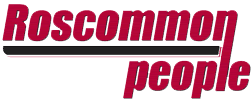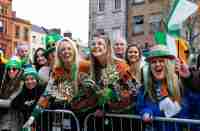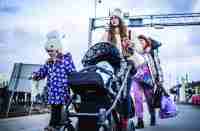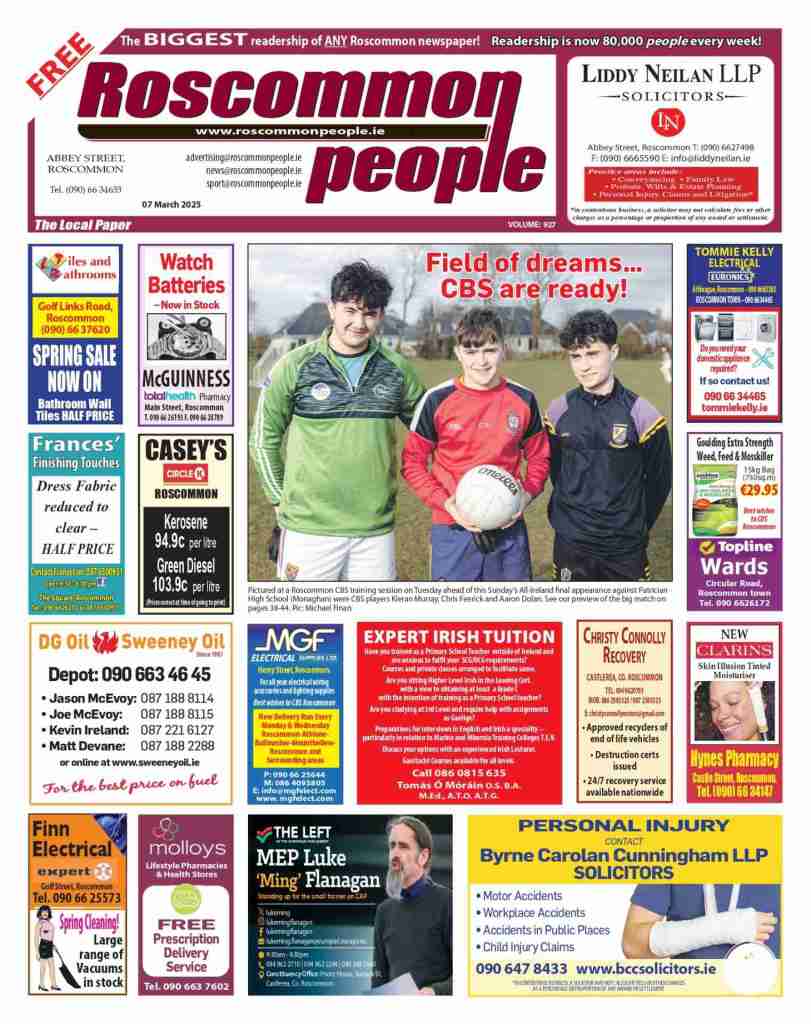A three-part series by TONY CONBOY
Part 1: Hughes’ …The Shop & Thatch Bar at Castlecoote
Boyle-based author and historian Tony Conboy has penned an affectionate series of articles on memories of his youth in his native Castlecoote. The articles revolve around the local shop – Hughes’ – and to a lesser extent the adjoining Thatch Bar. A slice of social history, this series will be fascinating reading for people from the area, and further afield. Part 2 next week.

For me as a boy growing older in Castlecoote, the iconic building, which engages my memory now, was Hughes’ Shop, and to a lesser extent ‘The Thatch Bar’. It served nearly all the needs of the local community for the greater part of the 1900s. I passed it all the days that I went to the national school (not far along the road past it) and the emerging new church.

Most of all we talked of football and hurling and repeated the gossip of the world and of the locality. On those occasion that we had those ‘distinguished’ visitors to our home – from Chicago especially – one of us brothers would get the beck by our mother to come outside the kitchen, and were then dispatched to ‘cycle quickly up to the shop’ for ham and tomatoes and Swiss roll – and to ‘put it in the book’! Yes, that very important ‘book’ – the axle of the local economy. I have our family ‘book’ still. It covered the period from May 1946 to November 1959. It is a precise, detailed document which lists the products purchased and especially the ongoing balance of the account. It is decorated with signed-over stamps at irregular intervals which indicated a payment to reduce the eternal debit balance.
Hughes’ shop had their regular range of groceries that kept the local farming community stocked at short notice.
The importance of ‘The Book’

Some of these goods, such as sugar and tea, came in bulk boxes and had to be transferred into the various bags at half pound and single pound weight. The tea chest was a sought after item and had to be booked in advance.
There is no record in ‘The Book’ of the Christmas Shop when special Christmas-only items enlarged the list into candles, treacle for a cake and custard & jelly for that singular dessert and much more.
Degree of self-sufficiency

Homes had a considerable degree of self-sufficiency in terms of butter, milk, eggs, vegetables, apples, and home-baked bread which only needed the ‘shop’ loaf as a supplement. Some houses killed a pig and salted it away in a big box to provide for the winter. A regular food for country people in the early 1950s was the rabbit, which was widely snared. Then a disease called myxomatosis ended the role of the rabbit in the diet. Some people fished or went shooting wild fowl on the river or the pheasant on farmland. It all contributed to whatever diversity of diet that existed.
The Busy Shop
‘The Shop’ had its particularly busy times such as on Sunday after Mass when the Sunday papers and cigarettes were core items. The papers were The Press, The Independent, and a single copy of ‘The Times’ for a special resident across the river.
I can picture the layout of the interior with its active ‘inside the door’ counter for the primary items, a sweet counter with an array of jars for sweets such as bullseyes, liquorice sticks and penny toffee ‘penny’ bars and the many that I forget. Maybe there were Hersey bars because a group of young men were nominated as ‘The Hersey Gang’.
There was a particular short counter which always attracted my attention. This had a line of big jars with assortments of sweets. Chocolate was special and getting a slender bar of it was an equally slender possibility. I seem to remember one occasion in particular when I appeared to have permission to access a more than generous quantity from these jars. This was enabled by my Godmother Mamie. It may have been after my First Communion.
Then a little further on there was an area which was more seasonal with hay rakes and forks, a number of sleáns when in season, shovels and spades, rolls of rope and straw sunshine hats favoured by my father during the summer months.
There was an area where ‘fletches’ (half a pig’s carcass) of bacon were kept for short periods as there was no refrigeration then. These were delivered by a C.I.E. lorry on a Friday and the ‘fletches’ did not survive the day on that counter.
The store for the tank of paraffin oil for lamps was in a dark, damp, store a distance from the shop. Across the road was the busy ‘Thatched Bar’.
The shop was encased with shuttered windows and a big bar across the double doors in the porch though there was never any threat of burglary or anything like that.
Christmas Shopping
Christmas shopping is always special, encapsulating joy, excitement, anticipation and expectation. It crystallised on the day that the ‘big true Christmas Shop’ was brought home and the sturdy Raleigh bicycle hadn’t the capacity to cope with that. It was then that the donkey and cart, pony and trap (a lovely mode of transport), horse and cart, the odd tractor and carrier box and the rare car were to jostle for staging posts around the shop. What a picture they made.
(The car owners were few: Dr. Coyne, Fathers Fleming and Keane, Mattie Hughes, and returned yank Johnny Kelly were representative).
Jimmy Coyne says of this workday: “The atmosphere was such that I cannot describe but I can remember it as if it was yesterday. It was just magic”.
When this array of normal groceries, enhanced with delicacies, arrived at the home, most of it was stored in a special room labelled as the ‘good room’ or the ‘top room’ of the house, not to be touched until the big day or the day before, if required. As youngsters we were curious to see what the shop owner added to our ‘shopping list’ as a reward for being a loyal customer through the year.
People would have saved some extra money for this special outing helped by some early ‘Christmas card money’ from members of the family in England, or the magical dollar bills from connections in New York or other great cities in that dreamland of the 1950s.
Hughes’s Home premises
Part of the premises was the home of the Hughes’ family: Mattie, Nellie and Mamie, and later Carmel. The shop boys and shop girls also lived-in there.
The shop was run in my early days by Mattie’s sister Nellie who was kind and generous, especially to her sometimes struggling customers. After Mattie married in the mid-50s, his wife, who was from a business background in Tullamore, introduced a new regime. The ‘book’ system was soon cast aside with a new reality and the payment of arrears called in. This was something of a shock to the system and this can be interpreted in the distressed final pages of our ‘Shop Book’!






